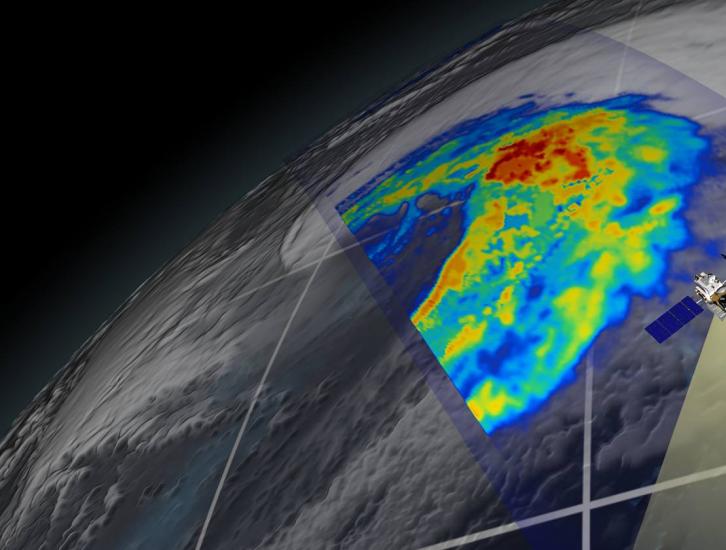
Radar Algorithms
The unique function of precipitation radars is to provide the three-dimensional structure of rainfall, obtaining high quality rainfall estimates over ocean and land. Radar measurements are typically less sensitive to the surface and provide a nearly direct relationship between radar reflectivities and the physical characteristics of the rain and snow in a cloud. Because of the complexities of operating radar in space, limited channels (frequencies) are designed for the instruments.
TRMM has a single frequency radar at the Ku-band particularly sensitive to moderate rain rates. With a single frequency, the TRMM radar is able to retrieve one parameter of the rain drop particle size distribution (PSD); either the median drop size or the number of drops at each range gate bin in the vertically sampled profile (e.g., each 500 meters vertically in the cloud). The GPM radar has two frequencies, Ku-band like TRMM, and Ka-band that is sensitive to lighter rain and falling snow; so both drop size and distribution of drops can be retrieved. The algorithm requires assumptions and corrections to retrieve precipitation structure, most notably to correct for attenuation. For the theoretical and mathematical details of the radar algorithm please review its Algorithm Theoretical Basis Document (ATBD) found at the Precipitation Processing System website.

